Rachel Shechtman: STORY
The owner of one of New York's most innovative retail experiences talks to us about how she keeps things fresh and successful in a struggling industry.
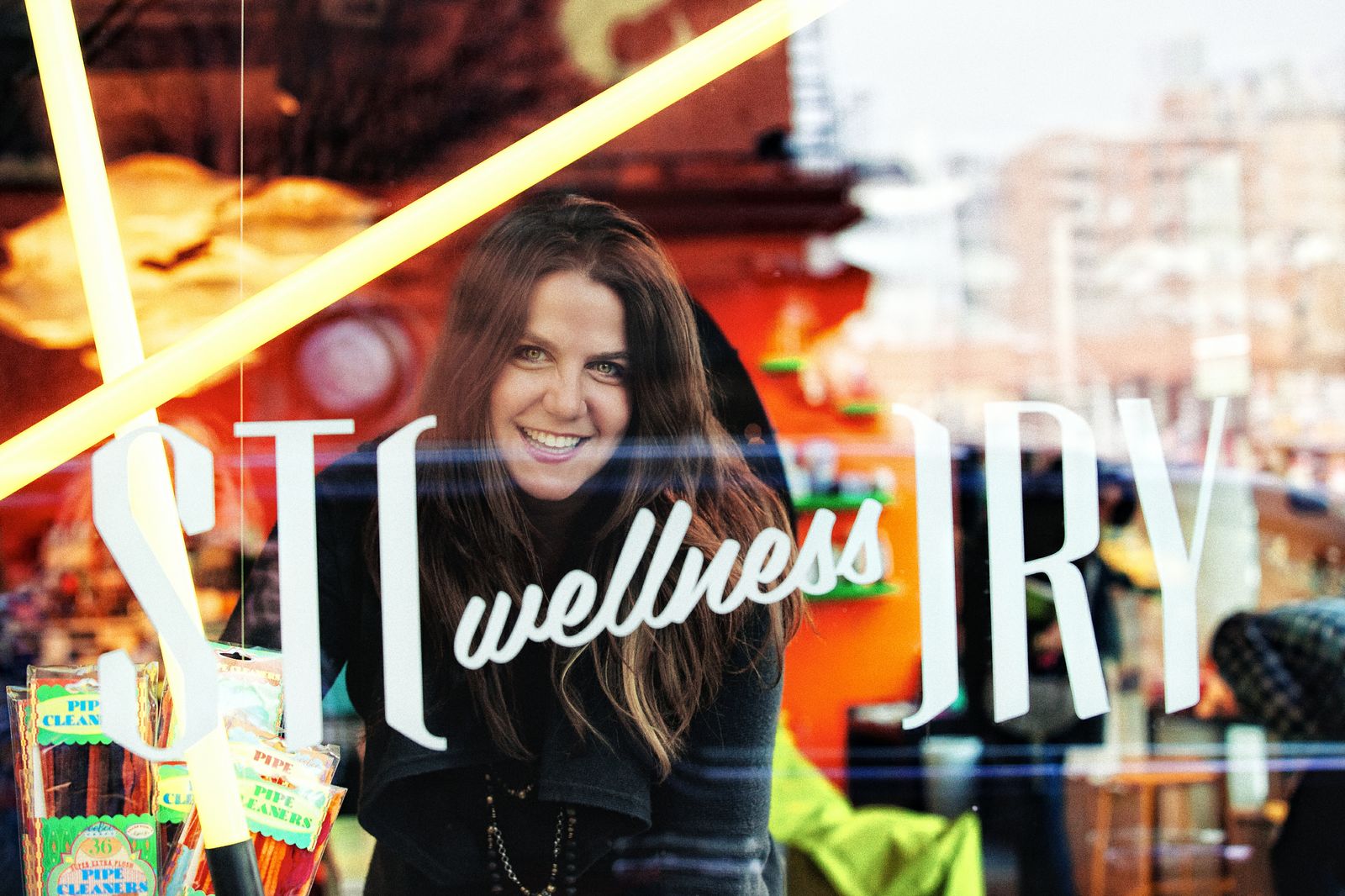
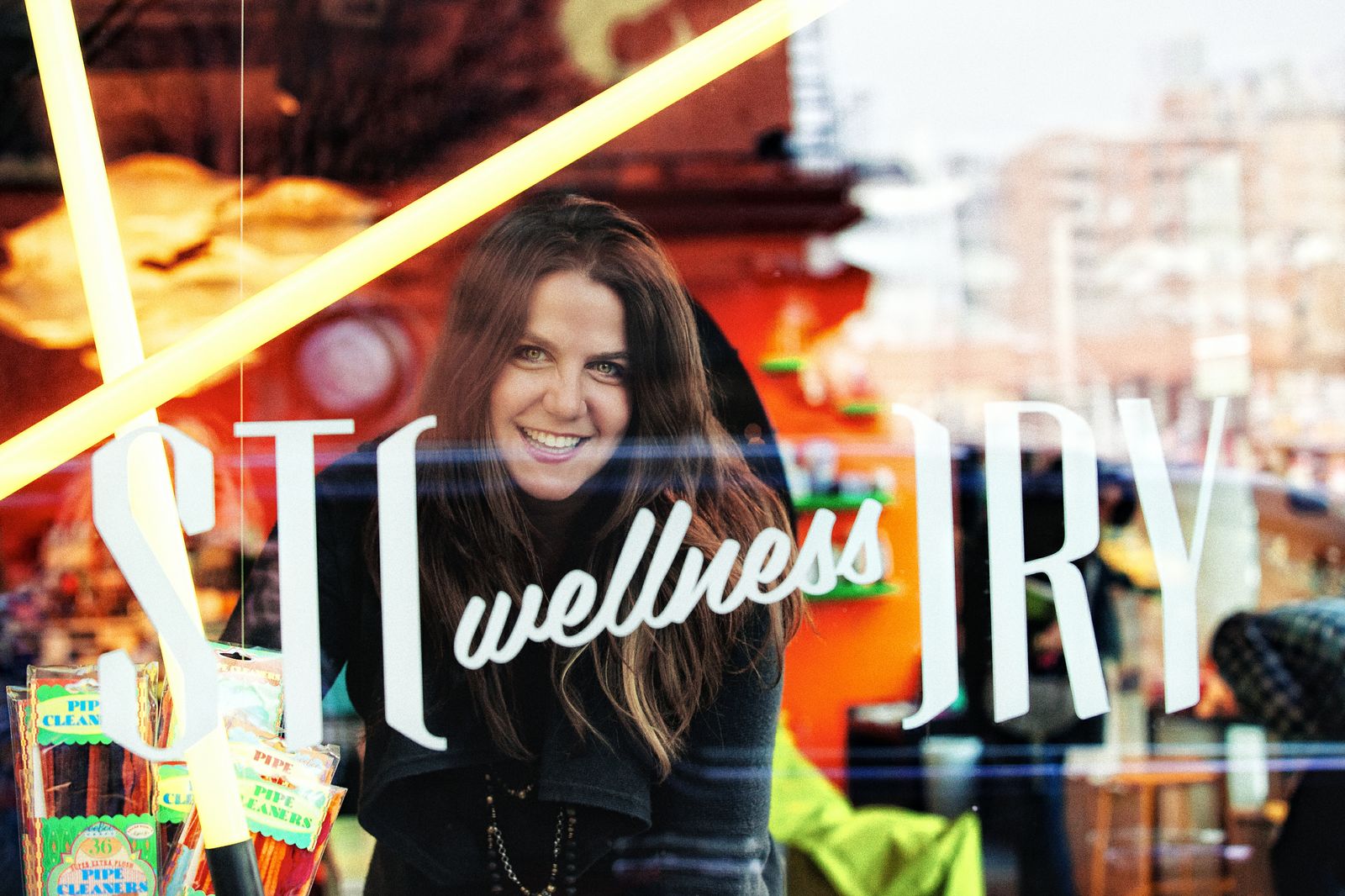
The concept of 'bricks and mortar' retail has remained unchanged for centuries. The goods for sale have changed significantly, and so has the look and feel of the places in which they're sold, but it's pretty much the same business model. Customers go to stores to purchase goods.
Meanwhile, however, online retail continues to grow and grow. According to Forrester, ecommerce accounted for 7% of all retail sales in 2011. That number is expected to grow to 9% by 2016 — a significant share of the total market. While physical retail spaces won't be obsolete any time soon, there's no question they could be doing more to attract and retain customers. Rachel Shechtman, a brand consultant turned entrepreneur, sees this clearly. "The past 20 years have been filled with non-stop digital and technological innovation, however in terms of retail there’s not a whole lot that’s new beyond Apple. You have so many new business models online, and yet for physical retail, it’s still all about sales per square foot. It’s beyond archaic in my opinion."
You have so many new business models online, and yet for physical retail, it’s still all about sales per square foot. It’s beyond archaic in my opinion.
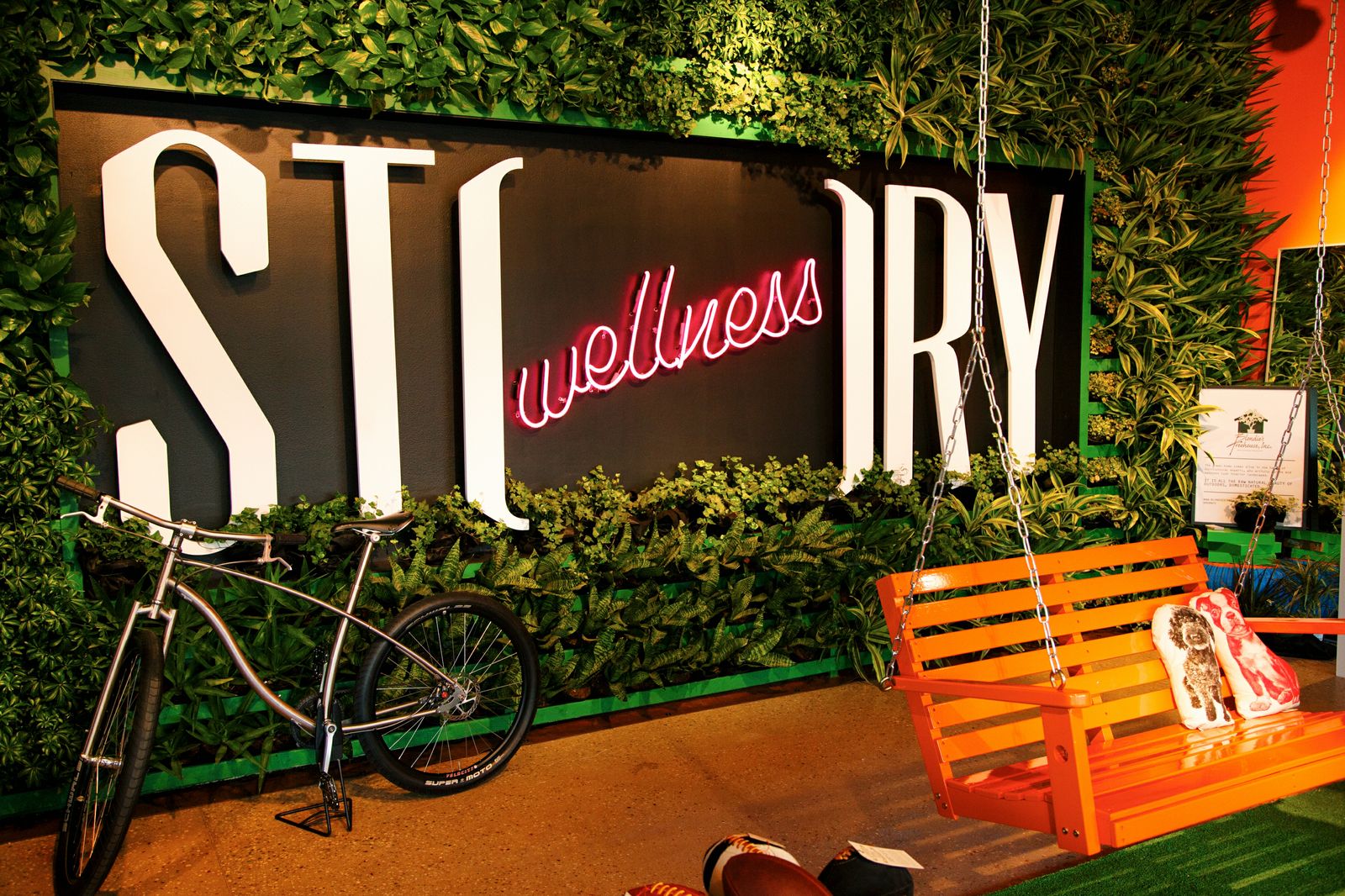
Rachel is among a few entrepreneurs who are attempting to modernize physical commerce. Her business, STORY, is a 2,000-square-foot retail and events space located in New York City's Chelsea neighborhood. "The concept," she explains, "is a space that has the point-of-view of a magazine, changes every four to eight weeks like a gallery, and sells things like a store." Between February 2012 and February 2013, for example, STORY became home to eight different themes, including Color STORY, New York STORY, and Wellness STORY. Every detail of the space is dedicated to exploring the theme, from spatial design down to the products offered. Once a STORY ends, the space shuts down for a week so that the shelves can be cleared — and deconstructed — to make room for new products, and new shelves.
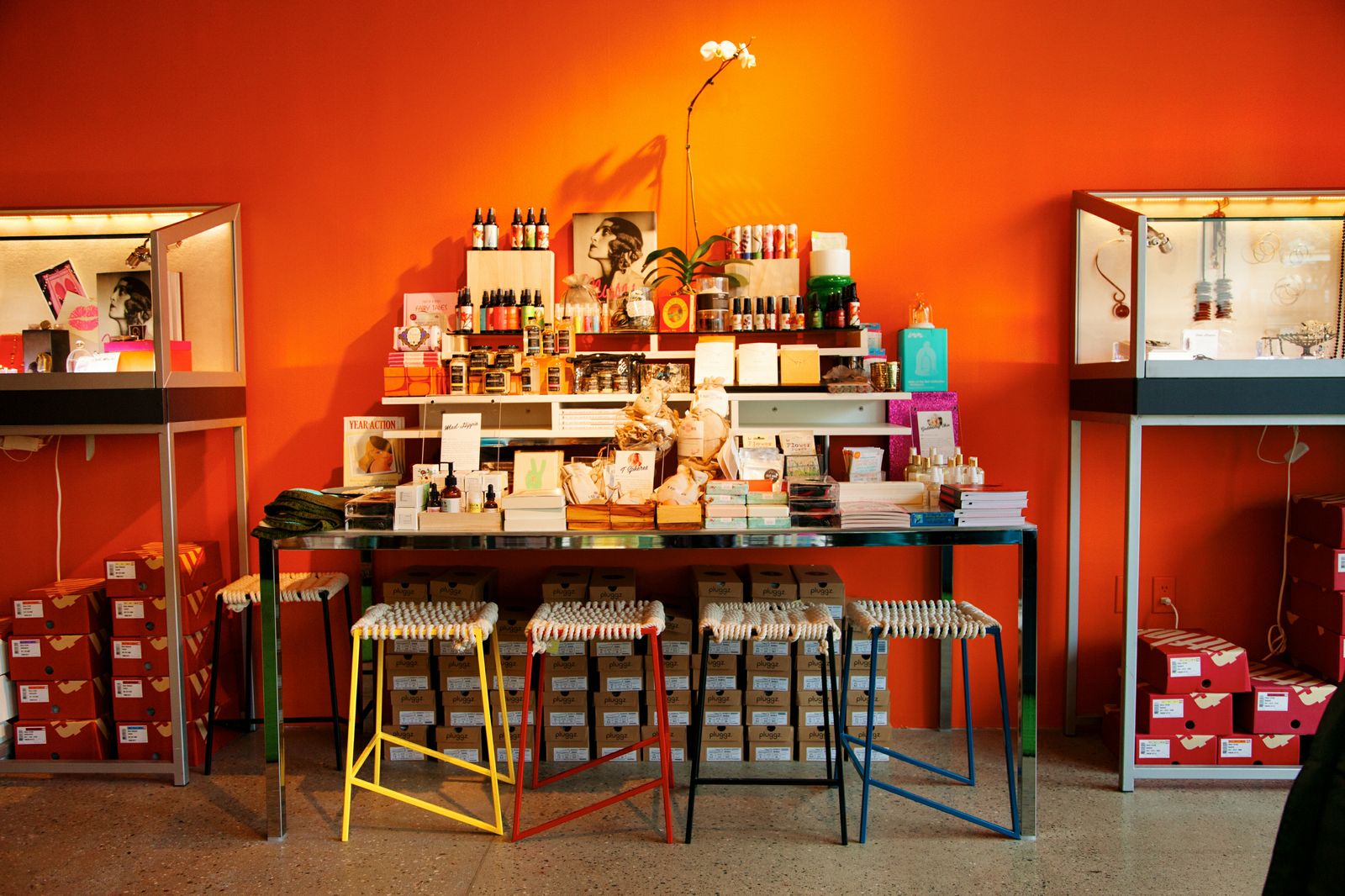
The first theme was Love — fitting considering that Rachel views the space as "using storytelling as a dating service between brands and consumers." Love STORY was sponsored by sex-culture website Nerve.com and corresponded with the relaunch of their online dating service. In fact, each of STORY's themes is sponsored by at least one company. "Brands pay us to become part of the experience; their name is on the wall and we activate different opportunities within a STORY that are customized around their objectives." Multinational conglomerate General Electric, for example, wanted to be at the centre of the Making Things STORY, so most of the store was dedicated to free craft workshops and classes. HP sponsored Holiday STORY, inviting customers to use Hewlett Packard’s new ePrint printers to custom-design wrapping paper for anything purchased in-store. The list also includes paint producers Benjamin Moore & Co., as well as NYC Mayor Michael Bloomberg's Fashion.NYC.2020 project. It seems there is no shortage of companies interested in partnering with Rachel Shechtman and STORY.
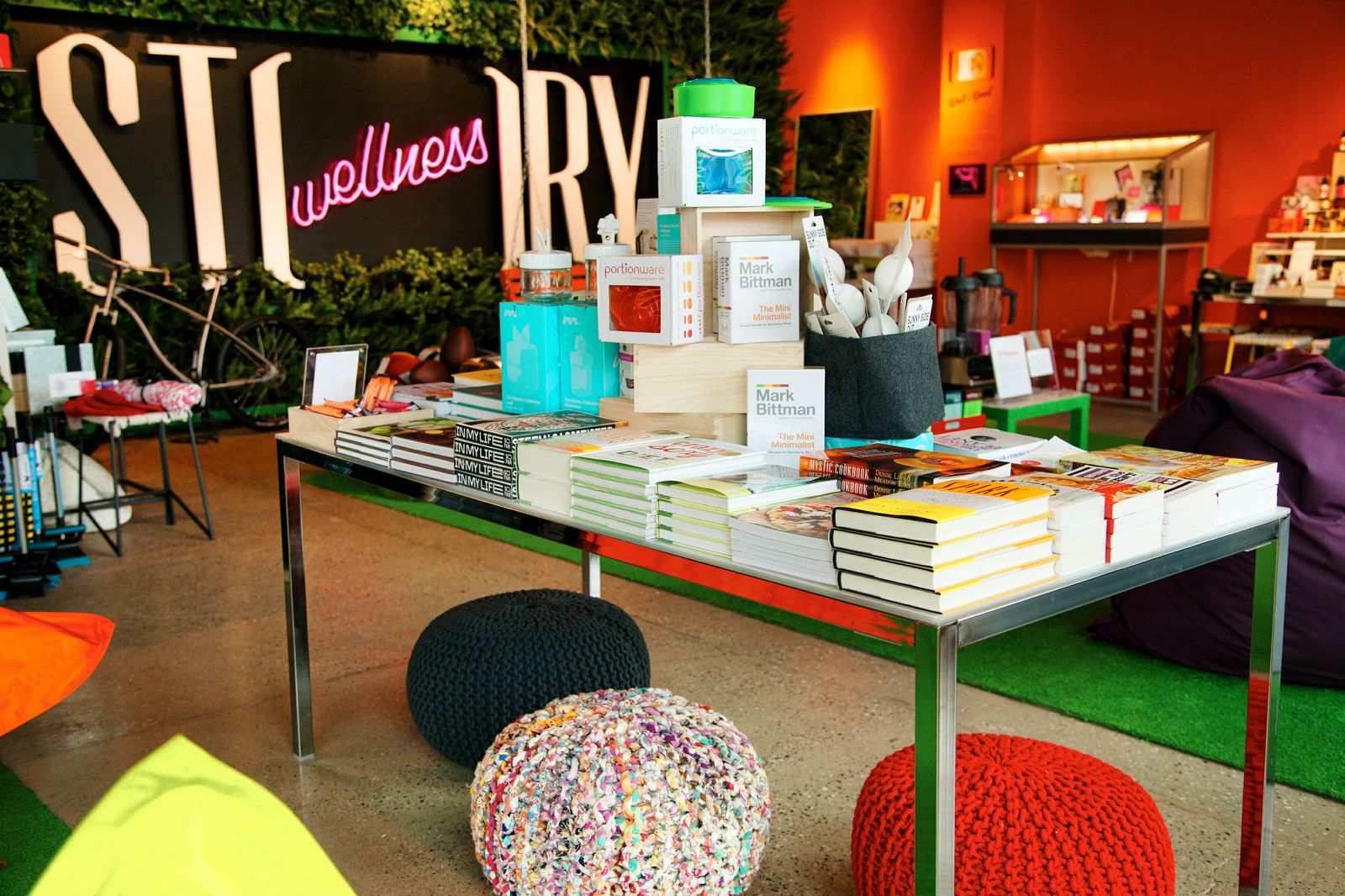
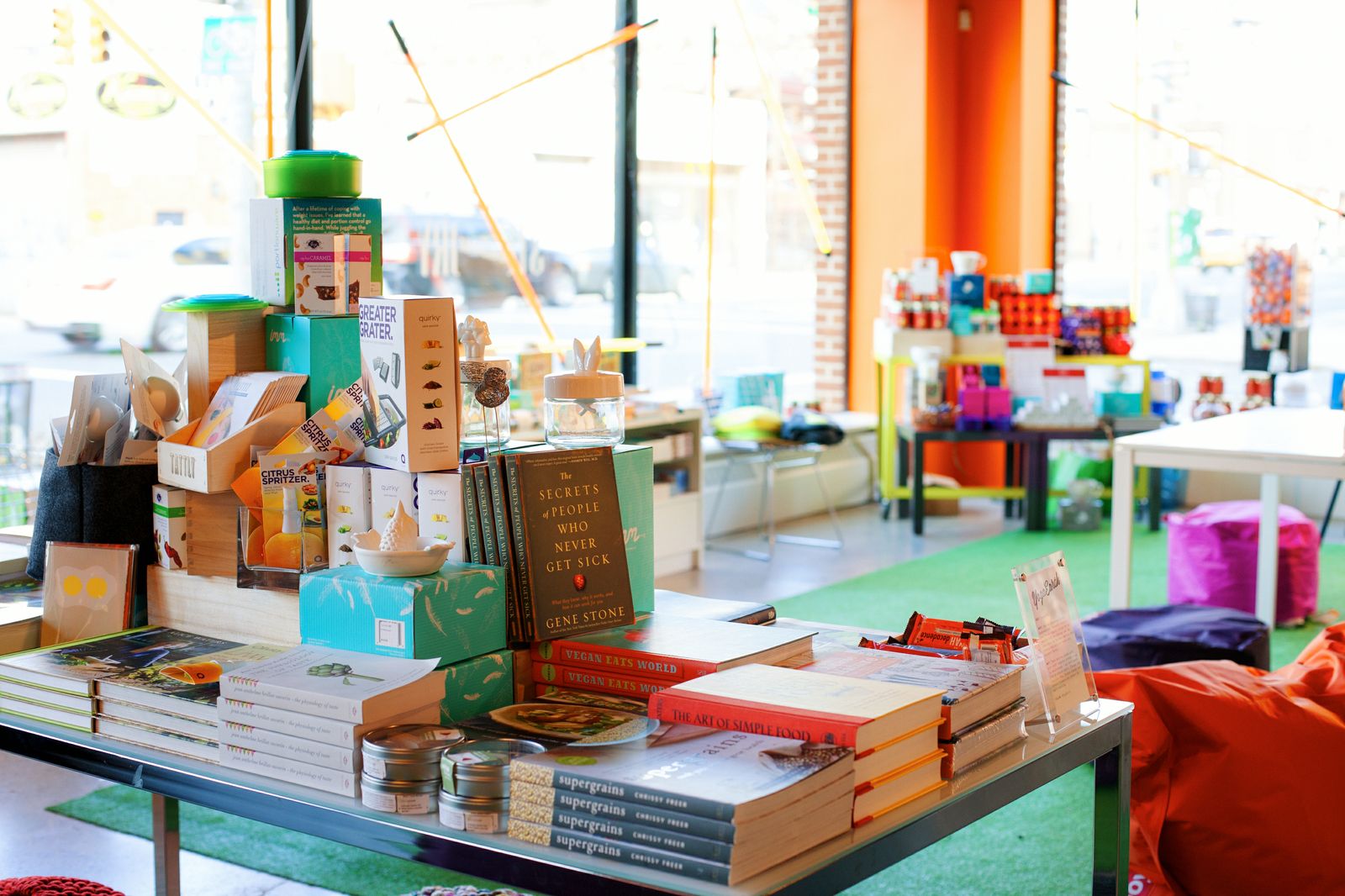
Before starting her current venture, Rachel's job was to look at companies — from struggling startups to billion-dollar brands — and find ways to help them. Her list of clients was diverse, including Kraft Foods, TOMS Shoes, and Gilt Groupe, to name a few, and she saw a similar problem with each of them. "It was like a United Nations without a translator," she says. "Finance was speaking Japanese, marketing was speaking speaks Spanish, and PR was speaking Taiwanese. Even if a company is doing really well, there is limited to no integration or translation." So Rachel spent years teaching businesses a sort of Esperanto. She had a knack for it, but her heart was in other languages: marketing, merchandising and business development.
As archaic as the physical commerce model may be, Rachel's motivation was never "to change the face of retail." She continues, "It was more selfish, like, life is short. We spend more time working than anything else, so I want to learn and have fun everyday." Still, she admits that the purpose of commerce might have shifted in the recent past. Where it was once entirely about the transaction – price, quality and service — now people want more: experience, entertainment, surprise and delight. So Rachel's question is, "Why can't a store be about buying stuff and about community? Why can't we expand the definition of media where it can include a place for brands to advertise to consumers in a physical retail space?" This line of questioning, she believes, will even lead digital brands to open up in physical spaces in the near future.
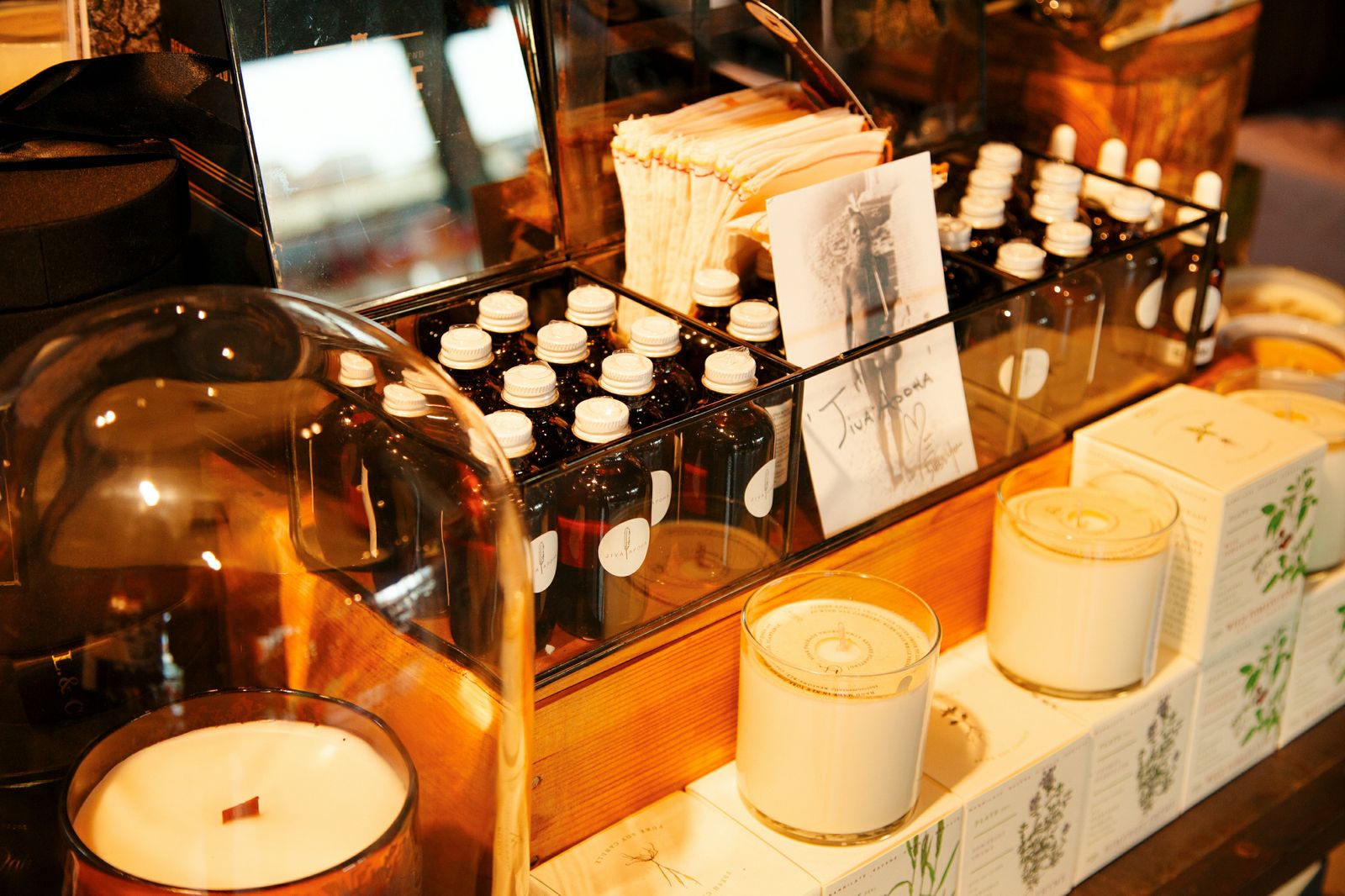
When you consider how bricks and mortar stores make money, advertising might not be the first thing that comes to mind. For certain campaigns, Rachel suggests that the experience inside a store like Abercrombie & Fitch generates a greater quantity — and quality — of impressions than most other forms of advertising. "To me, retail is such an untapped conversation for the future of media. And with that comes revenue. I call it Retail Media."
As thoughtful and innovative as STORY is, the idea would seem short-sighted if it stayed away from digital completely. Which is why it doesn't. There's often a digital element to each theme that goes above and beyond the norm. "It’s about more than just putting a computer in a store at a kiosk and saying ‘Here’s our website.' I can do that at home," says Rachel. And if people do manage to resist the appeal of visiting the physical location, there are big plans for an ecommerce component to STORY.
One of the goals is actually to bring digital and physical closer together, from both sides of the fence. "What I'm excited about," Rachel says, "is that this is not about online and offline; it's about amplifying digital technology in-store, and maybe even integrating some analogue conversation online in some new format." What might the latter look like? We'll have to wait and see. In the meantime, STORY's doors are open.
http://thisisstory.com/



Discussion